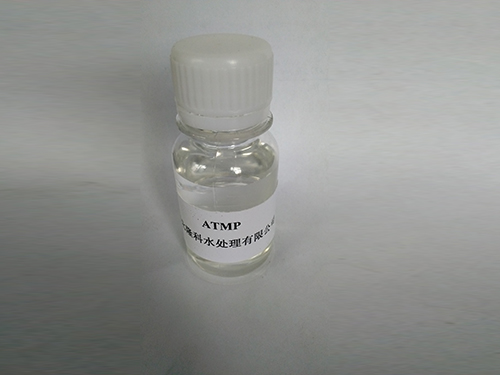Similar to pam polyacrylamide, a polymer used in various industrial applications.
Polyacrylamide (PAM) is a synthetic water-soluble polymer that has become increasingly popular in various industries due to its versatile properties. From wastewater treatment to agriculture, PAM has proven to be a valuable tool in improving process efficiency and reducing environmental impact.
.
In agriculture, PAM is used as a soil conditioner to improve water infiltration and retention in arid or sandy soils. When applied to the soil, PAM molecules bind together to form a network that holds water in the root zone, reducing evaporation and increasing the availability of moisture to plants. This results in improved crop yield, reduced water usage, and decreased soil erosion.
pam polyacrylamide

One of the key advantages of PAM is its ability to be tailored for specific applications. Different grades of PAM exist, each with varying molecular weights and charge densities that make them suitable for different tasks. For example, low molecular weight PAM is often used in agriculture due to its ability to easily penetrate the soil, while high molecular weight PAM is preferred in wastewater treatment for its superior flocculation properties.
Despite its many benefits, the use of PAM is not without its challenges. One of the main concerns associated with PAM is its potential environmental impact, particularly when used in large quantities. Excessive use of PAM can lead to the accumulation of polymer residues in soil and water bodies, which may have negative effects on aquatic organisms and soil health. To mitigate these risks, it is important to carefully regulate the application of PAM and monitor its concentrations in the environment.
In conclusion, PAM is a valuable tool with a wide range of applications in various industries. Its ability to improve process efficiency, reduce environmental impact, and be tailored for specific tasks makes it a versatile and effective polymer. By understanding the benefits and challenges of using PAM, we can harness its potential to create a more sustainable and efficient future.
-
Understanding Polycarboxylic Acids: Properties, Applications, and Future PotentialNewsJul.28,2025
-
Scale Inhibitor Explained: How to Protect Your System from Limescale and Hard Water DamageNewsJul.28,2025
-
Scale and Corrosion Inhibitors: Essential Chemicals for Industrial Water System ProtectionNewsJul.28,2025
-
Polyaspartic Acid: A Biodegradable Polymer for Sustainable ChemistryNewsJul.28,2025
-
Isothiazolinones: A Versatile Antimicrobial Class with Industrial Power and Regulatory ChallengesNewsJul.28,2025
-
A Deep Dive into 2-Phosphonobutane-1,2,4-Tricarboxylic Acid (PBTC)NewsJul.28,2025





